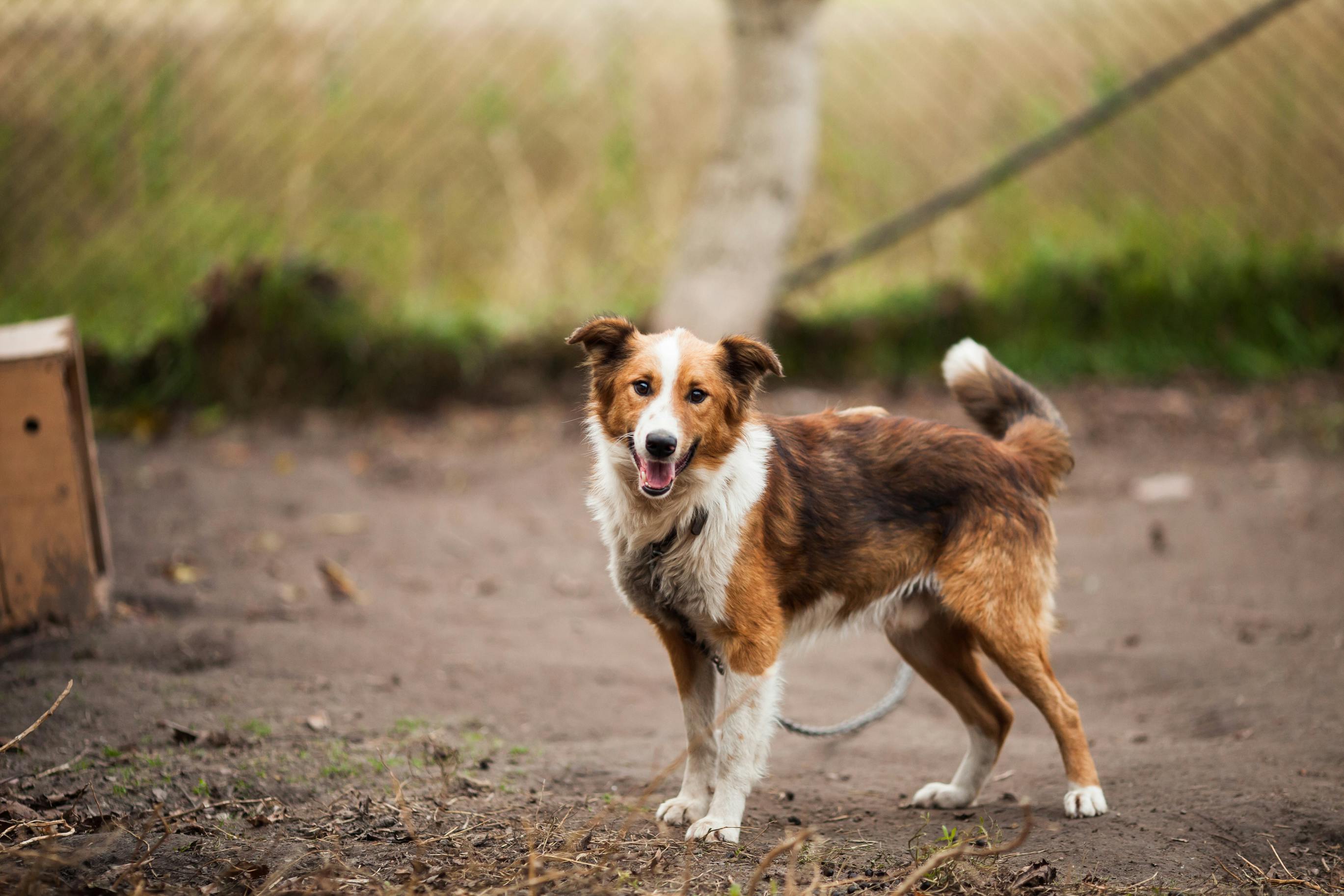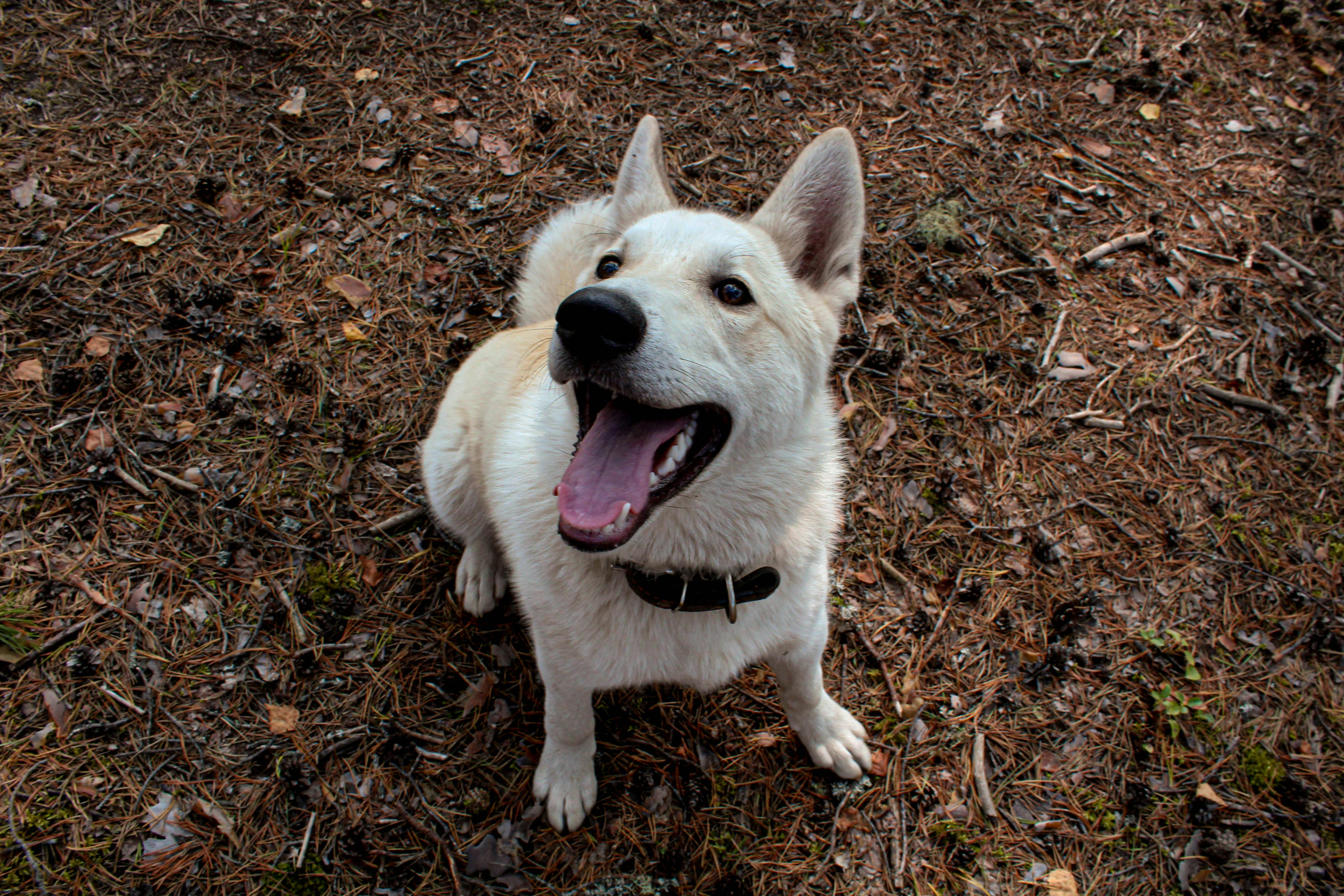Page Not Found!


Why Size Matters: Choosing the Right Training Treats for Small Dogs
Choosing the right training treats for small dogs is a crucial aspect of their overall well-being and successful training. In this guide, we delve into the importance of treat size when it comes to training our small canine companions. Small dogs have unique needs that must be met to ensure effective training sessions. The size of the training treat can greatly impact the training process, as it affects the dog's motivation and ability to focus. With an array of treat options available, it can be overwhelming to select the most suitable ones. By understanding why size matters in training treats for small dogs, pet owners can make informed decisions that promote positive reinforcement and bonding during training sessions. Join us as we explore the significance of treat size and how it influences the training experience for small dogs.
Understanding Small Dog's Needs

Size and Texture Preferences
Small dogs, due to their petite size, often prefer smaller-sized kibble or treats that are easy for them to chew and digest. Additionally, they may show a preference for softer textures that are gentle on their tiny teeth and gums. Understanding and catering to these preferences can help ensure that small breeds enjoy their meals and snacks.
Nutritional Requirements
Small dogs have unique nutritional needs that must be met for their overall health and well-being. They require a diet rich in high-quality proteins, essential fatty acids, vitamins, and minerals to support their fast metabolism and energy levels. It is essential to choose food specifically formulated for small breeds to provide them with the necessary nutrients in appropriate portions.
Avoiding Allergies and Sensitivities
Small dogs are often prone to allergies and sensitivities, especially when it comes to food ingredients. Common allergens for small breeds include grains, certain proteins, and artificial additives. It is crucial to carefully read ingredient labels and choose hypoallergenic options if your small dog has known sensitivities. Additionally, introducing new foods gradually and monitoring for any adverse reactions can help pinpoint and avoid potential allergens.
Exercise and Mental Stimulation
In addition to a proper diet, small dogs require regular exercise to maintain a healthy weight and prevent obesity-related health issues. Engaging in activities like short walks, interactive play sessions, and puzzle toys can help keep small breeds physically fit and mentally stimulated. Mental enrichment is essential for preventing boredom and destructive behaviors in small dogs, making activities like training sessions and food puzzles beneficial for their overall well-being.
Grooming and Dental Care
Due to their small size, some small dog breeds are prone to dental problems. Regular dental care, such as brushing their teeth and providing dental chews or toys, is crucial for maintaining their oral health. Grooming needs vary among small breeds but generally include regular brushing, nail trimming, and coat maintenance to keep them clean and healthy. Taking care of their grooming and dental needs not only enhances their appearance but also prevents potential health issues.
Regular Veterinary Check-ups
Small dogs are vulnerable to certain health issues, such as patellar luxation, dental problems, and obesity. Regular veterinary check-ups are essential to monitor their overall health, detect any potential problems early, and ensure they receive appropriate vaccinations and preventive care. Establishing a good relationship with a veterinarian familiar with small dog breeds can help you address any concerns promptly and keep your furry friend in optimal health.
Understanding and addressing the unique needs of small dogs is vital for their overall health and happiness. By considering their size and texture preferences, providing a balanced diet tailored to their nutritional requirements, being mindful of potential allergies and sensitivities, engaging them in regular exercise and mental stimulation, attending to their grooming and dental care, and scheduling regular veterinary check-ups, you can help your small companion thrive.
Exploring Treat Options

Soft Treats
Soft treats are a great option for training sessions or for dogs with dental issues. Options include jerky, training treats, and chewy bites. These treats are easy to chew and can be broken into smaller pieces for portion control. They are often made with ingredients like chicken, beef, or salmon, providing a tasty incentive for your furry friend. Soft treats are ideal for older dogs or puppies with developing teeth as they are gentle on the mouth.
Crunchy Treats
Crunchy treats provide a satisfying crunch that many dogs love. They can help with dental health by scraping off plaque and tartar as the dog chews. Options include biscuits, dental chews, and baked treats. It's important to ensure these treats are not too hard to avoid potential dental issues. Crunchy treats often come in various shapes and sizes, making them versatile for different breeds and sizes of dogs.
Freeze-Dried Treats
Freeze-dried treats retain much of their original flavor and nutrients since they are not cooked at high temperatures. These treats are lightweight, convenient for on-the-go, and have a longer shelf life compared to fresh treats. Options include freeze-dried liver, fruits, and vegetables. They are great for dogs with allergies or sensitivities as they often contain limited ingredients. Freeze-dried treats can be used as a high-value reward during training sessions due to their intense flavor and aroma.
Homemade Treats
For pet owners looking to provide their dogs with wholesome and customized treats, homemade options can be a great choice. By making treats at home, you have full control over the ingredients, ensuring that your dog receives a nutritious snack. Homemade treats can be tailored to your dog's preferences and dietary requirements, making them an excellent option for dogs with food sensitivities or allergies. Popular homemade treat recipes include peanut butter treats, pumpkin bites, and sweet potato chews. When preparing homemade treats, avoid using ingredients that are toxic to dogs, such as chocolate, raisins, or xylitol. Always introduce new homemade treats gradually to monitor your dog's reaction and adjust the recipe as needed for any dietary restrictions.
Conclusion
Exploring treat options for your canine companion opens up a world of flavorful and nutritious possibilities. Whether you opt for soft, crunchy, or freeze-dried treats, selecting the right snacks can enhance your dog's training experiences and strengthen your bond. Consider your dog's individual needs and preferences when choosing treats, and remember that moderation is key to maintaining a healthy diet. With a variety of treats available on the market and the option to create homemade delights, you can provide your dog with a well-rounded treat selection that promotes their well-being and happiness.
Choosing the Right Treats

Quality Over Quantity
When selecting treats for your furry friend, prioritize quality over quantity. Choose treats made with wholesome, natural ingredients that contribute to your pet’s health. Avoid products with excessive additives, fillers, or artificial flavors, as these may be harmful in the long run. High-quality treats not only taste great but also support your pet’s overall well-being.
Variety for Engagement
Pets, like humans, can get bored with the same snacks repeatedly. Offering a variety of flavors and textures, crunchy, soft, or chewy, keeps your pet engaged and mentally stimulated. Experimenting with different treats prevents treat fatigue and makes snack time more enjoyable for both you and your pet.
Seeking Professional Advice
Consulting a veterinarian or pet nutritionist is invaluable, especially if your pet has dietary restrictions or health concerns. Experts can provide tailored recommendations based on your pet’s age, breed, size, and medical conditions. They can also advise on portion control to ensure treats complement a balanced diet.
By focusing on quality, providing variety, and seeking expert guidance, you can make informed treat choices that promote your pet’s health, happiness, and excitement during treat time.
Effective Training Techniques

Training our furry companions can be a rewarding experience for both the pet and the owner. To ensure successful training sessions, it is crucial to implement effective techniques. In this section, we will explore key strategies that can help in training your pet effectively.
Proper Timing and Frequency
One of the fundamental aspects of training is timing. It is essential to catch your pet in the act or immediately after to reinforce positive behavior. Whether it's a command or a trick, timely rewards can reinforce the desired behavior. Additionally, consistency in training sessions is vital. Regular, short training sessions spread throughout the day are more effective than long, sporadic ones.
Consistency in Rewards
Consistency is key when it comes to rewarding your pet during training. Rewards can vary from treats to verbal praise, but what matters most is the predictability of the reward. This predictability helps in reinforcing the behavior you want to encourage. Ensure that the reward is given immediately after the desired behavior to make the association clear.
Balancing Treats with Affection
While treats are excellent motivators during training, it's crucial to balance them with affection. Pets thrive on love and attention, so incorporating praise, petting, and playtime into training sessions is equally important. This balance ensures that your pet is motivated by both food rewards and your positive reinforcement.
Additional Techniques for Effective Training
Positive Reinforcement: Encouraging good behavior through rewards and praise helps in building a strong bond with your pet. Positive reinforcement can include treats, toys, or even a simple pat on the head.
Clicker Training: Using a clicker to mark desired behaviors can be a powerful training tool. The distinct sound of the clicker paired with a reward helps in creating clear communication with your pet.
Patience and Persistence: Training takes time and patience. Be consistent in your approach and allow your pet the time to learn and understand what is expected of them.
Mental Stimulation: Engage your pet's mind through interactive toys, puzzles, or training games. Mental stimulation is as important as physical exercise for a healthy, happy pet.
By implementing proper timing and frequency, consistency in rewards, balancing treats with affection, and incorporating additional techniques like positive reinforcement, clicker training, patience, and mental stimulation, you can make your training sessions more effective and enjoyable for both you and your pet.
Conclusion
When it comes to training small dogs, the size of the treats does indeed matter. Opting for appropriately sized training treats ensures that your furry companion remains motivated and engaged during training sessions. By choosing treats that are small enough to be consumed quickly yet tasty enough to be a rewarding incentive, you can effectively reinforce positive behaviors and strengthen the bond with your small dog. Remember, in the world of training treats, size truly does make a difference for small breeds.
Frequently Asked Questions (FAQs)
1. Why are smaller treats better for small dogs during training?
Smaller treats are easier for small dogs to chew and swallow, reducing the risk of choking and allowing them to stay focused during training sessions. They also enable frequent rewards without adding unnecessary calories.
2. How many training treats can I give my small dog each day?
Treats should make up no more than 10% of your dog’s daily calorie intake. Using tiny, bite-sized portions helps ensure your dog stays motivated while maintaining a healthy diet.
3. What ingredients should I look for in training treats for small dogs?
Look for treats made with real, high-quality protein sources such as chicken, beef, or fish. Avoid artificial additives, fillers, and preservatives. For dogs with sensitivities, opt for grain-free or limited-ingredient options.
4. Can I make homemade training treats for my small dog?
Absolutely. Homemade treats allow you to control the ingredients and tailor recipes to your dog’s dietary needs. Safe ingredients include peanut butter (xylitol-free), pumpkin, sweet potato, and oats. Always ensure portions are small and easy to chew.
5. How do I know if a treat is too big for my small dog?
A suitable training treat should be small enough for your dog to eat quickly, usually in one or two bites. If your dog struggles to chew or takes too long to eat it, break the treat into smaller pieces to make training more effective and enjoyable.
FOLLOW FELLOW DOGGIES ONLINE @DOGCHITS









